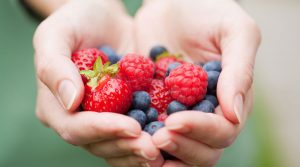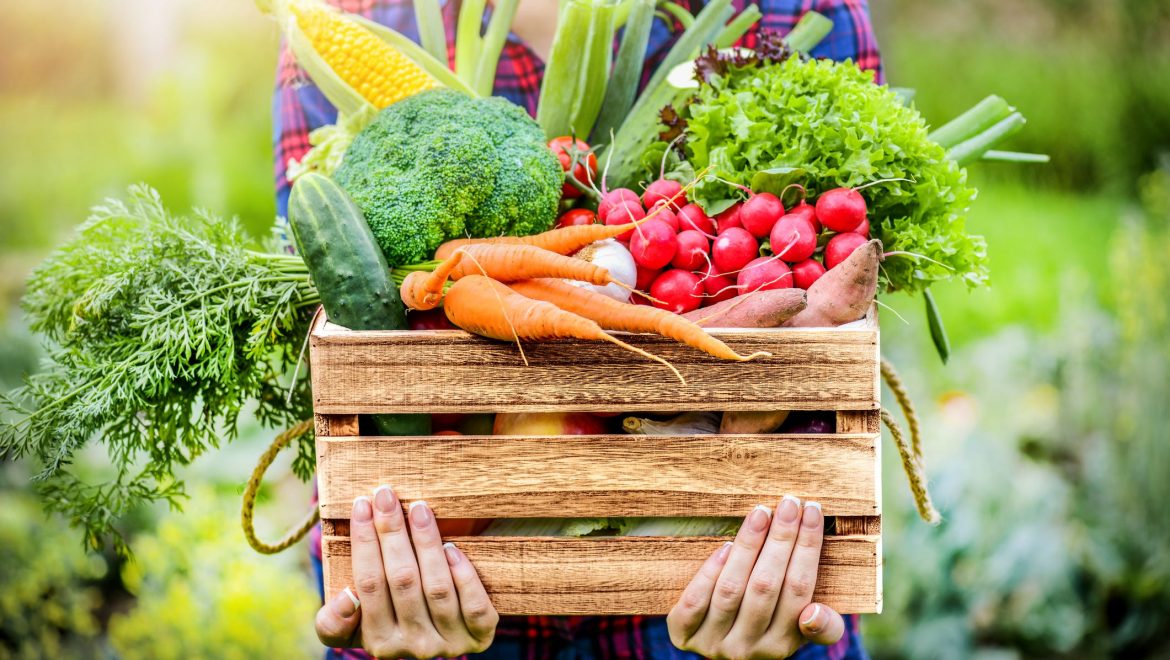How many different foods do you eat every day, on average?
It is recommended we eat at least 30 different foods per day. The world has over 50,000 edible plants, but just three of them, rice, corn and wheat, provide 60% of the world’s energy intake. And 15 plants provide 90% of the world’s energy intake.
Remember this number of 30 different foods each day, does not take quantity into consideration. Therefore, you only need a small quantity of each.
Variety is essential because every food supplies us with unique nutrients. We require these nutrients (vitamins and minerals) for every function in the body e.g. energy production, stress resilience, detoxification, strong immunity, skin renewal, healthy hair, nail growth, etc.
According to the Heart Foundation NZ, an analysis on worldwide research based on 2 million people, found incredible results when people increased their intake of fruit and vegetables to 10+ servings (800 grams) a day.
They found:
- 33% reduced risk of stroke
- 28% reduced risk of cardiovascular disease
- 24% reduced risk of heart disease
- 13% reduced risk of total cancer
- 31% reduction in premature death. It is estimated approximately 7.8 million deaths worldwide could be prevented every year if people ate 10 servings, or 800g, of fruit and vegetables a day
Currently, there is a low recommendation by The Ministry of Health for 3 servings of vegetables and 2 servings of fruit each day. Yet only about 62% of NZ adults meet this vegetable recommendation, 55% meet the fruit recommendation, and only about 40% achieve both recommendations of 5+ a day. Despite 10+ being optimal!
If you compared the nutrient content of a basket of fruit and vegetables from 100 years ago (or even 50 years ago) to now, the levels of vitamins and minerals would be very different.
Foods are depleted of nutrients nowadays due to:
- Low quality soils – lack of nutrients as conventional farming doesn’t routinely re-mineralise the soils
- Pesticides – less antioxidants and more toxins
- Eating out of season – not when the plant is at its peak
- Travel – time between picking and eating
One serving is roughly what fits into the palm of your hand. One serve of vegetables is ½ cup of cooked or 1 cup of loosely packed salad. One serve of fruit is ½ cup of fruit salad or 1 average size piece of fruit.
A pill cannot substitute these, as there are phytonutrients found in plants that haven’t even been discovered yet. There’s no Get Out of Jail Free card.
Just eating 5 servings of any fruit and vegetables a day is by no means enough. It depends which fruits and vegetables you eat. Switching from low-antioxidant to high-antioxidant produce goes a long way towards reaching the recommended minimum intake.

Try an experiment on yourself. Eat 10+ servings of fruit and vegetables a day for at least a week and notice the effects. Limit to 2-3 servings of fruit and enjoy 7-8 servings of vegetables. Please do not think you can eat 10 servings of fruit! This is far too much fructose, then your liver would need some serious help. Continue with your 10+ long-term to receive the positive health benefits that the research participants experienced above.
*Extract from my book MY NUTRITION MENTOR by Liv Kennedy

Check out my blog Eat a Rainbow!
Your Nutrition Mentor,




